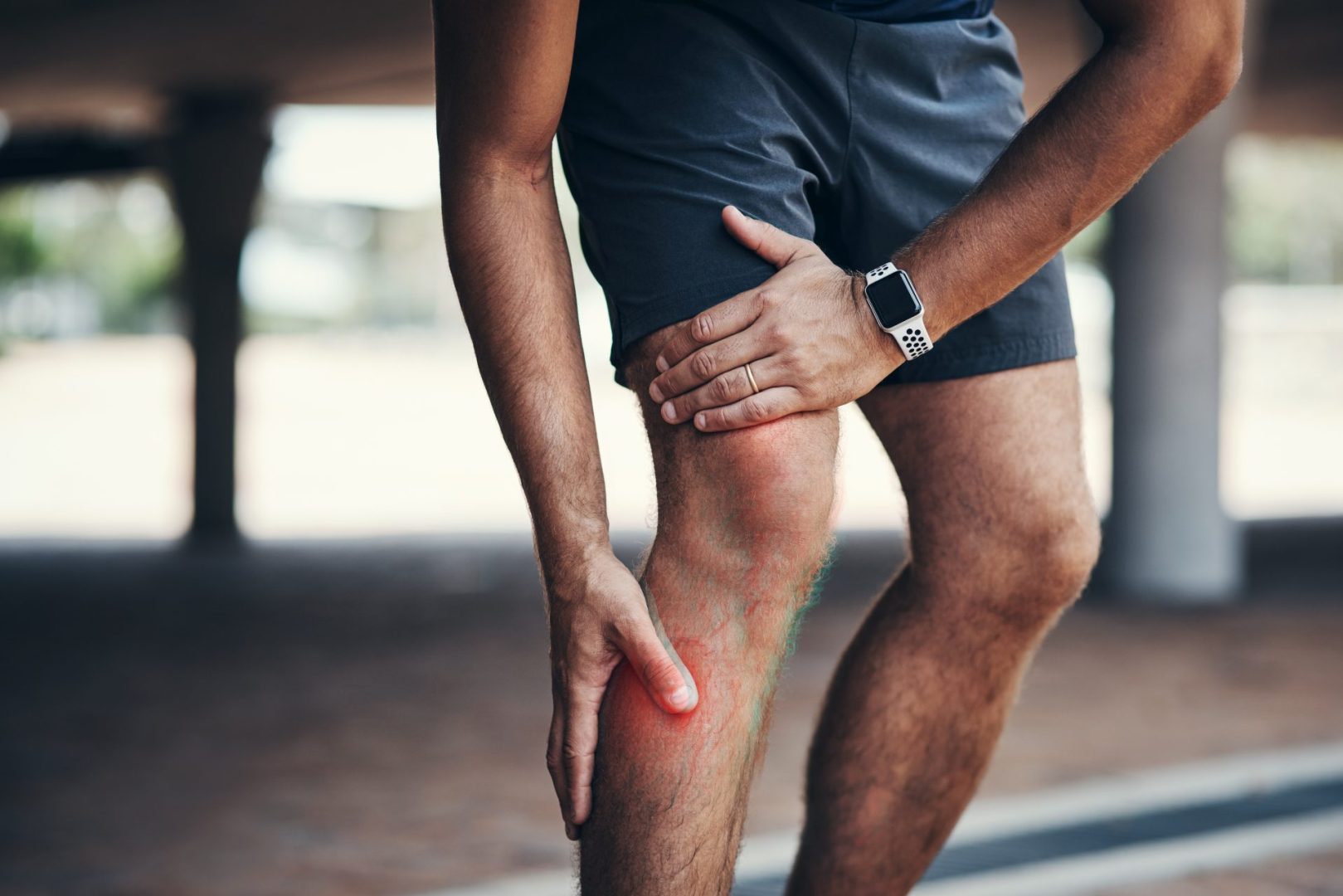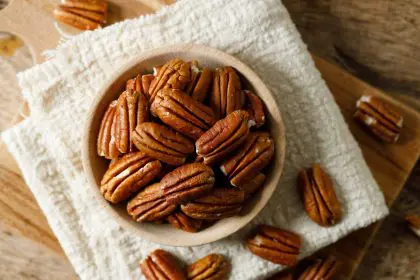Joint health concerns affect millions of people worldwide, with cartilage deterioration representing one of the most common underlying issues. While conventional wisdom often focuses on supplements, emerging nutritional research has identified specific foods containing bioactive compounds that may support the body’s natural cartilage regeneration processes.
1. Bone broth: The collagen-rich foundation for cartilage support
At the cornerstone of cartilage-supporting nutrition stands bone broth, containing a complex matrix of compounds directly involved in cartilage structure and function. The slow-simmering process extracts type II collagen, the primary structural protein in cartilage, along with glycosaminoglycans including glucosamine, chondroitin, and hyaluronic acid.
What distinguishes bone broth from isolated supplements is the natural co-occurrence of these compounds in their native ratios and configurations. The amino acid profile—rich in glycine, proline, and hydroxyproline—provides the precise building blocks cartilage tissue requires for maintenance and regeneration.
For optimal cartilage-supporting benefits, bone broth quality matters significantly. Broths made from joint-rich parts like knuckles, feet, and backs of animals, simmered between 24-48 hours, yield the highest concentrations of bioactive compounds.
2. Pomegranates: Unexpected protectors of cartilage integrity
While not traditionally associated with joint health, pomegranates contain a remarkable array of compounds demonstrating cartilage-protective effects. The fruit’s distinctive value comes from its rich content of ellagitannins—particularly punicalagins—which exhibit multi-faceted benefits for cartilage tissue.
These compounds appear to inhibit inflammatory enzymes that would otherwise degrade cartilage matrix components. More impressively, pomegranate extracts can modulate gene expression in chondrocytes (cartilage cells), encouraging them to increase production of proteoglycans—essential components of healthy cartilage.
For practical application, both fresh pomegranate and its concentrated juice form retain bioactive properties, though the whole fruit provides additional fiber that may enhance the gut-joint axis benefits.
3. Garlic: Sulfur compounds driving cartilage metabolism
Garlic’s reputation for cardiovascular benefits often overshadows its significant potential for supporting cartilage health through its unique sulfur-based compounds. Allicin and diallyl disulfide, formed when garlic is crushed or chopped, play critical roles in supporting the sulfation processes necessary for proteoglycan synthesis in cartilage.
The sulfur components in garlic provide building blocks for glycosaminoglycans—the water-binding molecules that give cartilage its cushioning properties. Beyond providing raw materials, garlic compounds appear to stimulate chondrocyte metabolism, potentially enhancing the rate at which cartilage components are synthesized.
For maximum bioavailability, garlic should be crushed or finely chopped and allowed to rest for 10-15 minutes before cooking, which allows the enzymatic formation of the most bioactive compounds.
4. Sesame seeds: The overlooked mineral matrix supporter
Sesame seeds contain an exceptional nutrient profile uniquely suited for supporting the mineral matrix essential to cartilage structure. Their high copper content is particularly relevant, as this trace mineral serves as a cofactor for lysyl oxidase—an enzyme crucial for cross-linking collagen fibers that provide structural integrity to cartilage.
The seeds also provide calcium, magnesium, and zinc in bioavailable forms, creating a mineral complex that supports the organic matrix of cartilage. Perhaps most significantly, sesame contains unique lignans, particularly sesamin and sesamolin, which demonstrate chondroprotective effects by modulating oxidative stress in joint tissues.
For optimal bioavailability, the seeds benefit from being ground or transformed into tahini, which breaks the hard outer hull and increases digestive access to their nutrients.
5. Ginger: Bioactive compounds modulating cartilage metabolism
Ginger’s role in joint health extends far beyond its general anti-inflammatory effects. The root contains a complex array of bioactive compounds—including gingerols, shogaols, and paradols—that demonstrate specific mechanisms supporting cartilage integrity and function.
These compounds appear to inhibit specific enzymes (matrix metalloproteinases) that would otherwise degrade cartilage components. More impressively, ginger’s bioactives can modulate genetic expression in chondrocytes, potentially encouraging restorative processes in cartilage tissue.
Fresh ginger provides the highest concentration of bioactive compounds, particularly when used shortly after harvesting. The compounds appear most bioavailable when ginger is consumed with a small amount of healthy fat.
6. Blueberries: Anthocyanins protecting cartilage from oxidative damage
Blueberries contain one of nature’s most concentrated sources of anthocyanins—the compounds responsible for their deep blue color and remarkable effects on cartilage metabolism. These polyphenolic compounds demonstrate multifaceted support for cartilage health through several distinct mechanisms.
The anthocyanins in blueberries appear to shield cartilage from oxidative damage by neutralizing reactive oxygen species that would otherwise contribute to matrix degradation. Beyond this protective effect, they demonstrate ability to inhibit inflammatory cytokines specifically associated with cartilage breakdown.
Wild blueberries typically contain higher concentrations of these beneficial compounds than cultivated varieties, correlating with their more intense color. The bioactive compounds remain stable through freezing, making frozen wild blueberries a convenient year-round option.
7. Salmon: Omega-3 fatty acids creating optimal conditions for regeneration
Fatty fish like salmon provide specific omega-3 fatty acids that create the biochemical environment necessary for optimal cartilage regeneration. The EPA and DHA found in salmon demonstrate remarkable effects on resolving inflammatory processes that would otherwise interfere with cartilage repair mechanisms.
These specialized fatty acids serve as precursors to compounds called resolvins and protectins, which actively help terminate inflammatory responses rather than simply suppressing them. This resolution-oriented approach creates conditions where the body’s natural regenerative processes can function optimally.
Wild-caught salmon typically provides superior omega-3 content compared to farmed varieties, though the difference varies by source. Gentle cooking methods like poaching or baking at moderate temperatures best preserve the delicate fatty acids.
8. Turmeric: Curcuminoids enhancing cartilage cell function
Turmeric contains a family of compounds called curcuminoids—with curcumin being the most studied—that demonstrate remarkable specificity for supporting cartilage metabolism. These compounds appear to modulate multiple cellular pathways involved in chondrocyte function and cartilage matrix maintenance.
The curcuminoids in turmeric inhibit specific transcription factors that would otherwise trigger cascades of cartilage-degrading enzymes. Simultaneously, they appear capable of stimulating chondrocyte activity related to the production of proteoglycans and collagen—the essential structural components of healthy cartilage.
The bioactive compounds in turmeric have notoriously poor bioavailability when consumed alone. Traditional preparation methods overcome this limitation by combining turmeric with black pepper (providing piperine, which enhances absorption) and some form of healthy fat.
9. Citrus fruits: Vitamin C and bioflavonoids for collagen formation
Citrus fruits provide an ideal complex of nutrients specifically supporting the collagen aspect of cartilage regeneration. Their high vitamin C content serves as an essential cofactor for the enzymes responsible for cross-linking collagen molecules, creating the structural stability cartilage requires.
Beyond basic vitamin C content, citrus fruits contain specialized bioflavonoids—including hesperidin, naringenin, and rutin—that provide complementary benefits for collagen metabolism. These compounds appear to enhance vitamin C’s effectiveness while providing additional regulatory effects on the enzymes involved in cartilage matrix remodeling.
Different citrus varieties offer varying profiles of these beneficial compounds, with red grapefruit, oranges, and mandarins typically providing the highest concentrations. The compounds demonstrate enhanced bioavailability when consumed with a small amount of fat.
















